Affiliate links on Android Authority may earn us a commission. Learn more.
What you need to know about Dolby Atmos sound
July 10, 2023
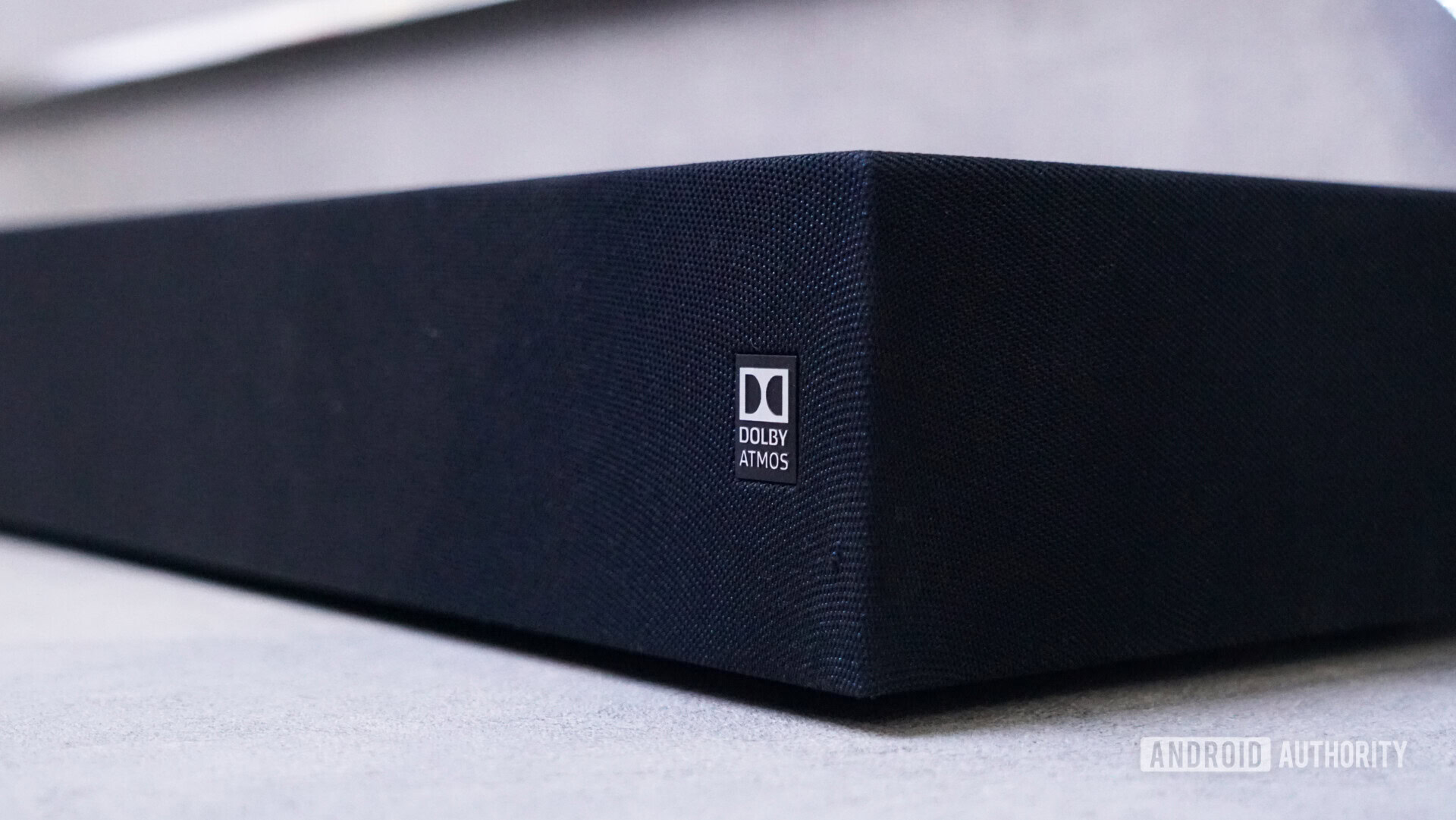
Dolby is a well-known company in the cinema and home theater space, involved in the design of cutting-edge audio and video technologies for professional and consumer equipment. The company has gradually been extending its expertise into mobile too, with the adoption of HDR display specifications, and support for Dolby Atmos surround sound inside many phones.
Atmos is available in a growing number of devices across different price points, ranging from budget phones to expensive flagships like Samsung’s Galaxy Z Fold 4. If you’re wondering what all the fuss is about, then you’re in the right place.
What does Dolby Atmos do?
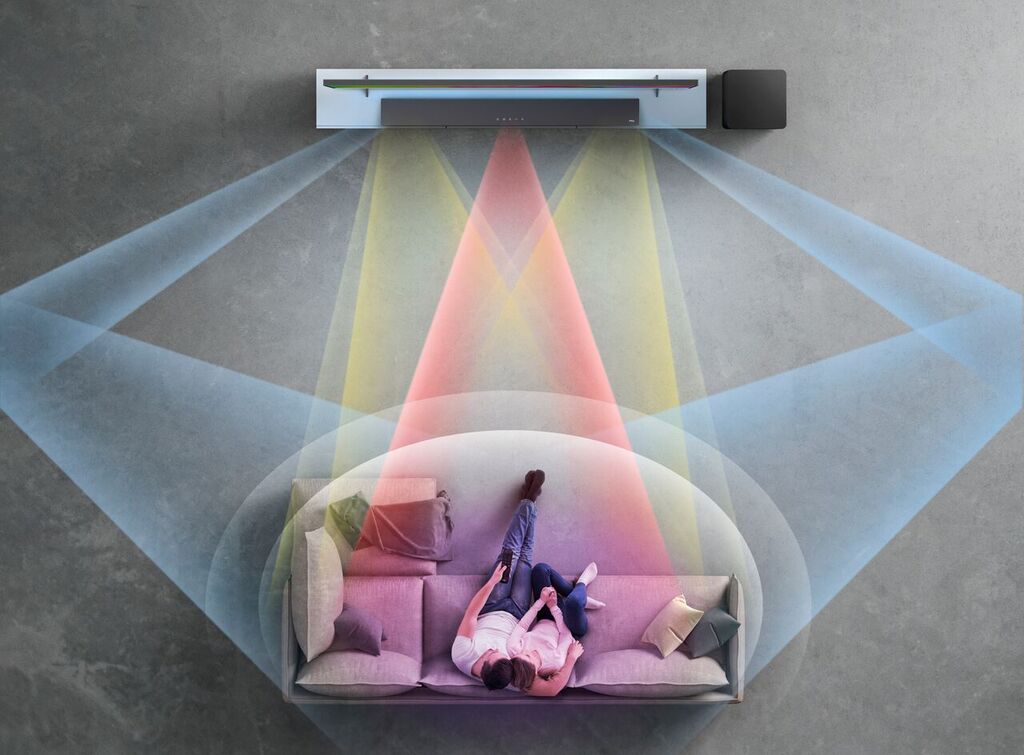
Atmos is Dolby’s latest surround-sound technology, expanding on its traditional 5.1- and 7.1-channel formats. Atmos differs by focusing not just on the X and Y axes, but also on the vertical Z plane. Its take on channel encoding doesn’t pre-mix audio for a specific setup — instead, it uses an object-based approach, which is mixed right before the sound comes out of your speakers. Dolby calls Atmos “the most significant development in cinema audio since surround-sound.”
Atmos introduces a new height variable to traditional surround sound and changes the way Dolby encodes audio channels.
Atmos was primarily designed for cinema and high-end home installations, enabling the additional height variable through ceiling speakers. It also increases the maximum number of speakers in those systems to 64. In the home, Dolby recommends adding just two or four reflective or ceiling-installed speakers to an existing 5.1 or 7.1 setup, but you can use up to 34 speakers if you’re rolling in cash.
Back in cinemas, Dolby Atmos allows for up to 128 tracks and audio objects, complete with spatial metadata, mixed in-house on powerful hardware to match a specific cinema speaker setup, ensuring highly accurate sound placement. In other words, the format is speaker-agnostic.
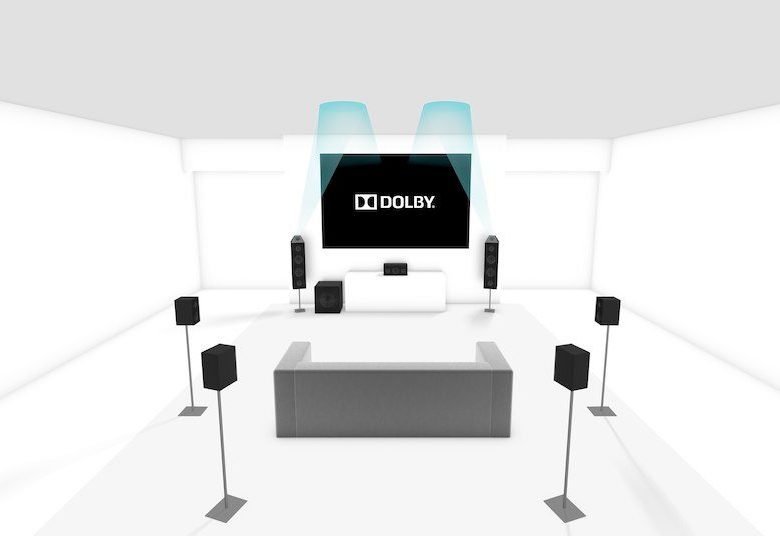
In home theater or mobile incarnations, audio is encoded alongside spatial information into Dolby TrueHD or Digital Plus formats. These formats traditionally support up to 15 or 16 audio channels, but Dolby is using a new encoding method that doesn’t split data into pre-mixed channels. Instead, it’s a spatially-encoded digital signal with panning metadata. This audio is then mixed together for any Atmos surround-sound setup in your home via an AV receiver or another device’s processor, while still reproducing the sound accuracy you would hear in the cinema.
The final piece of the puzzle is content compatibility. The format requires content to be specifically mastered for it, so it’s far from the default. Fortunately, hundreds of Hollywood blockbusters have been produced in Atmos, going all the way back to 2012. The format is supported on Blu-Ray discs, and streaming services like Max and Netflix also offer Atmos titles.
Of course, smartphones don’t have access to multiple speaker placements. You’re lucky if your phone has two front-facing speakers. Instead Dolby Atmos for smartphones is a software-based solution that kicks in when playing content over headphones. The mobile version aims to emulate the 3D audio effect you get with a typical surround-sound system.
How does Dolby Atmos work?
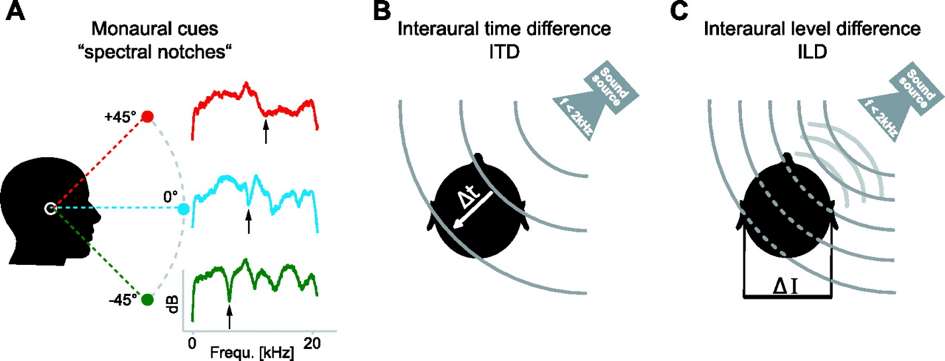
This isn’t an original idea. 3D spatial modeling for stereo headphones has been around of a while now. It’s based on a number of acoustic cues and heat-related transfer functions, which essentially reverse-engineer the way human hearing works to recreate sounds in what seems like a 3D space.
Consider what happens when you sit in the middle of a surround-sound system. Better yet, imagine yourself actually sitting in the middle of a film scene. When a sound leaves a particular source, say an explosion, it takes time to reach our ears. If the sound is on one side of you, the same sound takes a little bit longer to reach your other ear, meaning there’s a slight time or phase difference between your ears, which your brain detects. The sound also has to travel through your skull, acting as a filter for higher frequencies. The shape of your outer ear (pinna) acts as a resonance filter, helping your brain determine the direction and height of sounds around you.
In smartphones, Dolby Atmos is a software technology that mixes and filters multi-channel audio for your stereo headphones. It retains a 3D -sounding experience by using binaural audio techniques.
Subconsciously, your brain is incredibly adept at picking up on these cues. By modeling these phenomena in software for headphone playback, it’s possible to trick your brain into believing sounds are coming from any direction, even when the speakers (headphones) are right next to your ears. For proof, check out one of the myriad impressive binaural audio clips available on YouTube.
A top-notch surround-sound emulator also accounts for how multiple sound sources interact with each other before they reach our ears. Subtle reflections and echo can inform us about the distance of a source, as well as the size and texture of a space. Multiple sounds will undergo phase cancellation when they meet, quieter sounds may be masked by louder ones, and high frequencies can become dampened over longer distances. All of this has to be calculated and mixed down from a 5.1, 7.1, or Atmos format into a stereo signal.
Do iPhones and Android phones support Dolby Atmos?
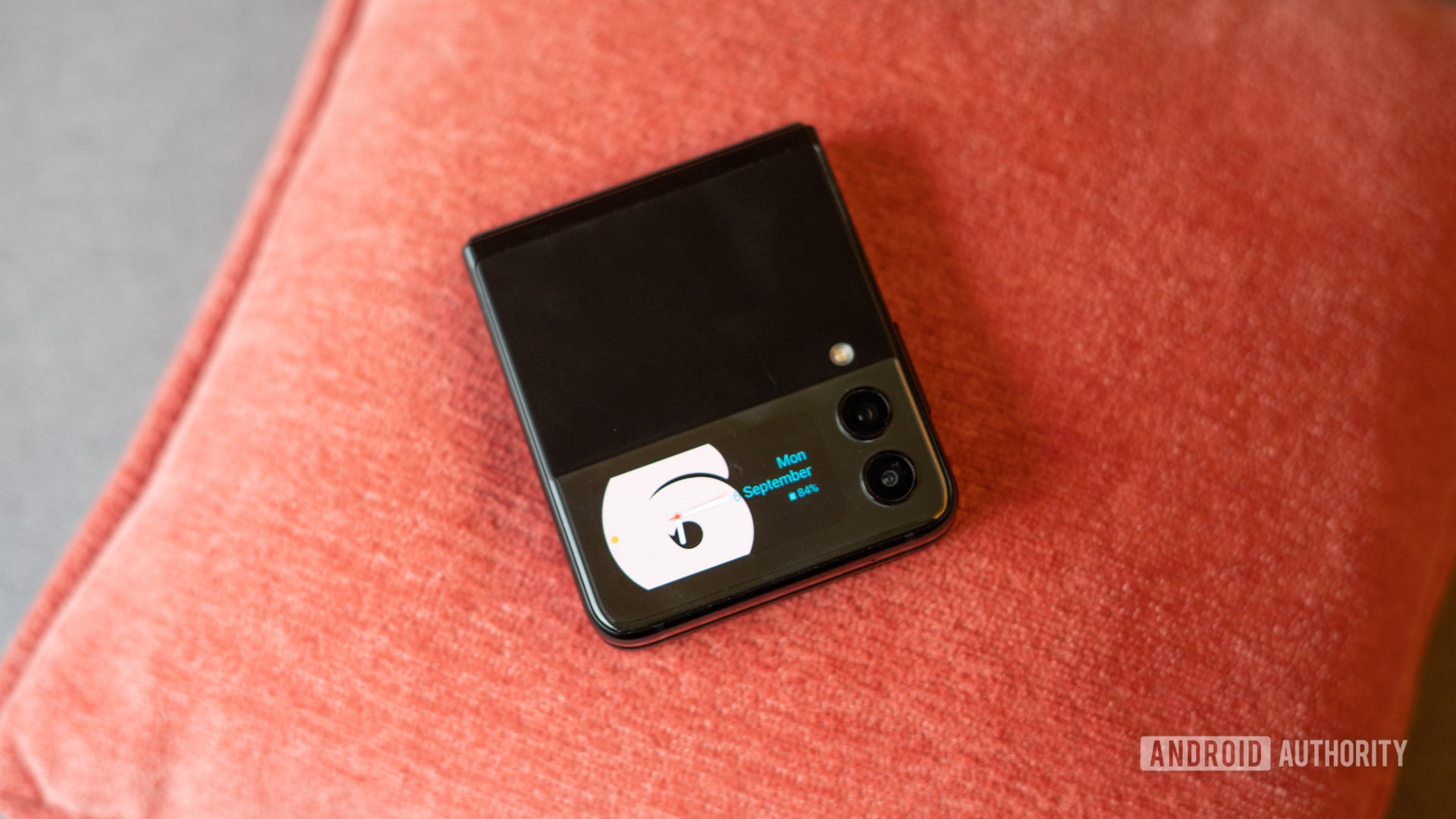
Dolby Atmos isn’t universally supported yet, but that future may not be far off. In fact, if you’re buying a new flagship phone from companies like Apple, Motorola, OPPO, or Samsung, you can practically guarantee it. As mentioned, it’s also on many budget and mid-range phones. A conspicuous gap is Google’s Pixel lineup, but that company seems to be pursuing open standards that would let it dodge royalty payments.
There are a few ways to get Dolby Atmos content on an iPhone, the most obvious of which is an Apple Music subscription. With Apple Music, you can enjoy Dolby Atmos-powered spatial audio, which works on an iPhone, iPad, Mac, HomePod, and Apple TV. Apple Music’s spatial audio even works with Android phones.
Atmos isn’t the only high-end Dolby audio technology you can find in smartphones. A number of devices boast the company’s Digital Plus format, which is based on similar psychoacoustic perception models for spatial audio.
Hunting down a phone with Atmos support is probably worth the effort, provided you can stream compatible content. You’ll need to check the services you use, and even then, not everything you watch or listen to will be labeled for it. Many older movies and TV shows are never going to get an Atmos mix, and the format is even rarer when it comes to music. There are compatible tracks on services like TIDAL and, again, Apple Music. We may see more widespread adoption once Spotify launches its long-delayed HiFi tier, but we’ll have to wait and see on that front.
FAQs
Yes, you can use any speakers to set up a Dolby Atmos system, as long as it’s in a supported configuration (e.g., 5.1, 7.1, 5.1.4, and so on). If you only have a single soundbar, you’ll need to make sure it’s compatible with Dolby Atmos.
The LG S95QR is a fabulous Dolby Atmos sound bar package that includes two surround speakers and a sub. This 9.1.5 step calibrates the sound to your room for optimal audio quality in any home. The soundbar has an upward-firing center channel for clear voice reproduction and supports Dolby Atmos and DTS:X.
Any headphones work with Dolby Atmos-powered content through various music streaming services, but you can find Dolby Atmos-branded gaming headsets like the Astro A50 ($289 at Amazon) and Corsair HS75 XB Wireless ($118 at Amazon).
The following iPhones support Dolby Atmos playback through the built-in speakers: iPhone 14 series, iPhone 13 series, iPhone 12 series, iPhone 11 series, iPhone XR, iPhone XS series. The iPhone X and models before it do not support Dolby Atmos.
Thank you for being part of our community. Read our Comment Policy before posting.